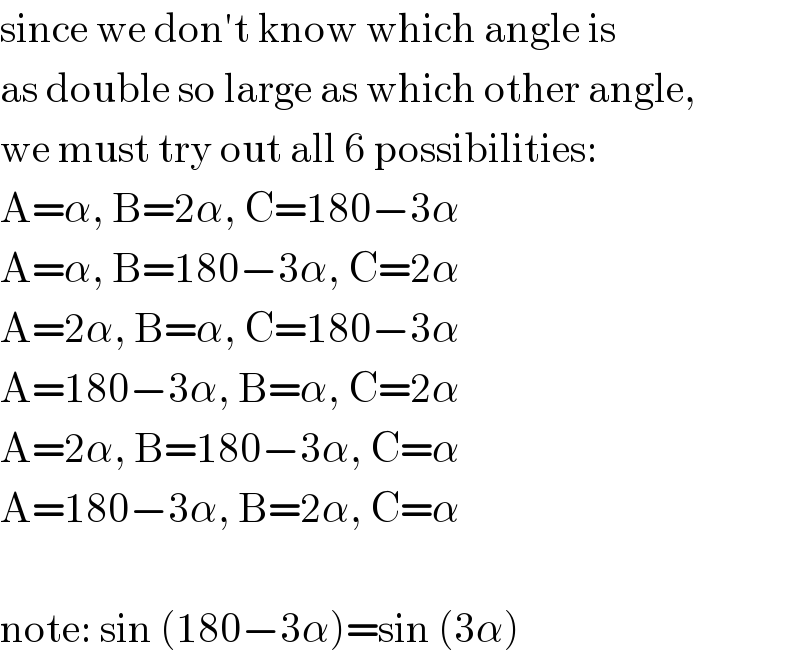Question Number 18968 by chux last updated on 02/Aug/17

Commented by chux last updated on 02/Aug/17

Answered by mrW1 last updated on 03/Aug/17

Commented by chux last updated on 03/Aug/17

Commented by ajfour last updated on 03/Aug/17

Commented by chux last updated on 02/Aug/17

Commented by mrW1 last updated on 03/Aug/17

Commented by chux last updated on 03/Aug/17

Commented by chux last updated on 04/Aug/17

